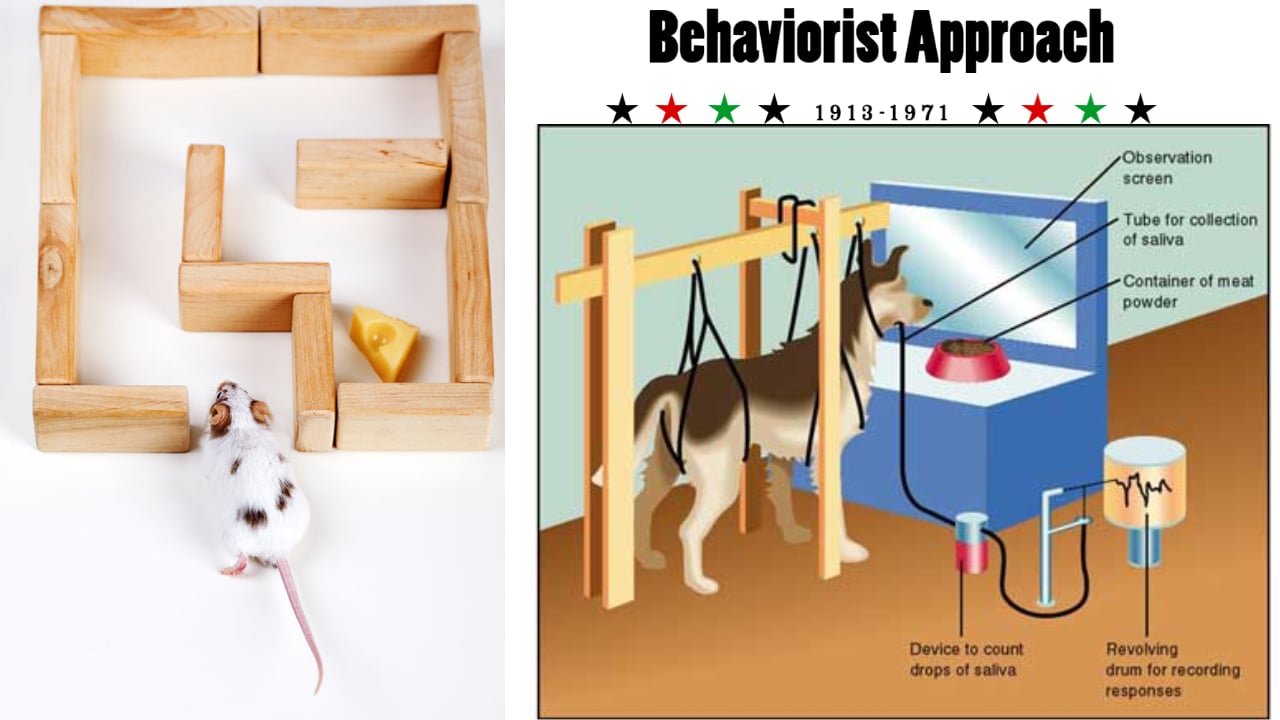Learning pod: Group H
Peer’s group: Group L
Interactive Learning Resource Topic: Artificial General Intelligence
Strengths:
Hi Group L, thanks for sharing your project. The course you designed gives a detailed analysis of Artificial General Intelligence (AGI), addressing its promise, drawbacks, moral ramifications, and common myths. Students can get a solid understanding and comprehension of AGI, enabling them to interact with the subject material properly. Also, your course emphasises the learner’s active role in creating meaning from new material. Learners can build a solid conceptual framework and actively engage with the course material through reflection, discussion, and practical exercises. It also promotes curiosity, critical thinking, and problem-solving abilities through the use of inquiry-based learning. Learners are urged to study and explore, leading to a deeper grasp of AGI, by providing open-ended questions and challenges connected to AI. It makes use of a variety of AI tools and technologies, including OpenAI’s ChatGPT, Grammarly, DALL-E 2, and GitHub Copilot (optional). Learners get hands-on experience and interact with cutting-edge technology in the field of AGI by incorporating cutting-edge AI tools.
Recommendations:
I really like the topic you chose, however, it seems to me that, although the use of AI tools for interactive conversations and learning is mentioned in the course, it is not apparent how exactly students would interact with these tools. The lesson would be more interactive if the interactive elements and functionalities were further explained. I might have missed something, but the primary methods of evaluation mentioned in the course are quizzes, reflective writing, and interactive labs. While these evaluations offer some variety, the course may benefit from including more types of assessments, such as group projects, presentations, or discussions, to accommodate various learning styles and offer a more comprehensive assessment of students’ comprehension. It would be helpful to include more particular information on how the course content would be made accessible, even while the course mentions inclusion measures for students with visual impairments, hearing impairments, dyslexia, and English language learners. The inclusiveness of the course would be improved by taking into account extra accessibility elements, such as closed captioning for videos or alternative text for photos.
Overall, the course succeeds at giving a thorough introduction of AGI, utilising constructivist and inquiry-based learning techniques, and combining essential AI technologies. The effectiveness and accessibility of the course would be further improved, though, by addressing the issues with interactivity, assessment variety, accessibility considerations. Again, thanks for sharing your intresting projects!



Recent Comments